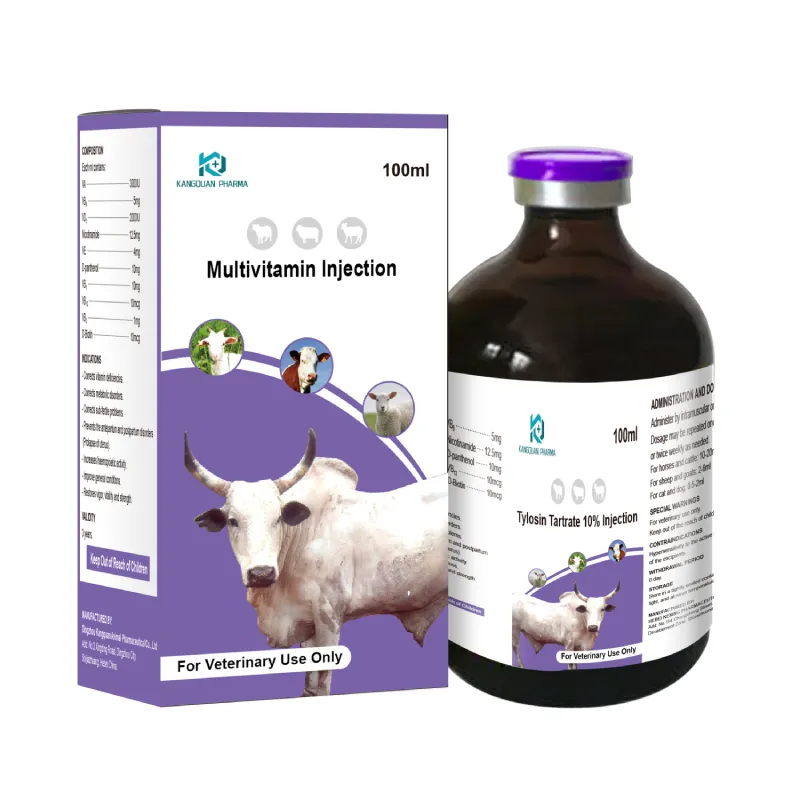- Afrikaans
- Albanian
- Amharic
- Arabic
- Armenian
- Azerbaijani
- Basque
- Belarusian
- Bengali
- Bosnian
- Bulgarian
- Catalan
- Cebuano
- Corsican
- Croatian
- Czech
- Danish
- Dutch
- English
- Esperanto
- Estonian
- Finnish
- French
- Frisian
- Galician
- Georgian
- German
- Greek
- Gujarati
- Haitian Creole
- hausa
- hawaiian
- Hebrew
- Hindi
- Miao
- Hungarian
- Icelandic
- igbo
- Indonesian
- irish
- Italian
- Japanese
- Javanese
- Kannada
- kazakh
- Khmer
- Rwandese
- Korean
- Kurdish
- Kyrgyz
- Lao
- Latin
- Latvian
- Lithuanian
- Luxembourgish
- Macedonian
- Malgashi
- Malay
- Malayalam
- Maltese
- Maori
- Marathi
- Mongolian
- Myanmar
- Nepali
- Norwegian
- Norwegian
- Occitan
- Pashto
- Persian
- Polish
- Portuguese
- Punjabi
- Romanian
- Russian
- Samoan
- Scottish Gaelic
- Serbian
- Sesotho
- Shona
- Sindhi
- Sinhala
- Slovak
- Slovenian
- Somali
- Spanish
- Sundanese
- Swahili
- Swedish
- Tagalog
- Tajik
- Tamil
- Tatar
- Telugu
- Thai
- Turkish
- Turkmen
- Ukrainian
- Urdu
- Uighur
- Uzbek
- Vietnamese
- Welsh
- Bantu
- Yiddish
- Yoruba
- Zulu
10 月 . 12, 2024 08:36 Back to list
what kills liver flukes in humans
What Kills Liver Flukes in Humans?
Liver flukes, particularly the species Fasciola hepatica and Clonorchis sinensis, are parasitic flatworms that can cause significant health issues in humans who consume contaminated food or water. These parasites inhabit the bile ducts of the liver, leading to conditions such as fascioliasis and clonorchiasis, which can result in serious symptoms and complications if left untreated. Understanding how to eliminate these parasites from the human body is crucial for public health, especially in regions where liver fluke infections are prevalent.
Liver fluke infections typically occur when humans ingest encysted larvae present in contaminated water or raw or undercooked fish and aquatic plants. Once inside the human body, the flukes mature, causing a range of symptoms, including abdominal pain, jaundice, and digestive issues. Chronic infections may lead to more severe complications, such as bile duct obstruction, cholangitis, or even liver cirrhosis.
What Kills Liver Flukes in Humans?
Praziquantel is a broad-spectrum antiparasitic drug that is effective against various trematodes and cestodes. It works by increasing the permeability of the fluke's cell membrane to calcium ions, causing paralysis and eventual death of the parasite. Praziquantel is particularly effective against Clonorchis sinensis, making it a widely used treatment option for clonorchiasis.
what kills liver flukes in humans

Triclabendazole, on the other hand, has been specifically developed for the treatment of fascioliasis. This drug disrupts the fluke's energy metabolism, leading to a gradual paralysis and death of the parasite. Triclabendazole has shown high efficacy in treating liver fluke infections, and in many regions, it is the preferred treatment due to its targeted action against Fasciola hepatica.
While medication is the primary method of killing liver flukes in humans, it is important to complement pharmaceutical interventions with preventative measures to reduce the risk of infection. Public health initiatives are crucial in areas where liver fluke infections are common. These initiatives include educating communities about safe food practices, such as thoroughly cooking fish and avoiding the consumption of contaminated water and aquatic vegetation.
Practicing good hygiene is another vital component of prevention. Washing hands thoroughly before eating, ensuring that food is adequately prepared, and avoiding reliance on untreated water sources can significantly decrease the risk of liver fluke infections. In areas where flukes are endemic, controlling the population of the intermediate host—primarily snails that carry the larval stages—is also essential. Implementing measures to reduce snail populations can greatly minimize the transmission of liver fluke larvae to humans.
Furthermore, awareness of the signs and symptoms of liver fluke infections can lead to early diagnosis and treatment, reducing the impact of the disease. Health practitioners in endemic areas should be vigilant and educated about liver fluke infections, ensuring that they can recognize the symptoms and provide timely treatment to affected individuals.
In summary, liver flukes pose significant health risks to humans, particularly in certain regions around the world. Effective treatments such as praziquantel and triclabendazole are critical in eliminating these parasites from the human body. However, prevention through education, good hygiene practices, and community health initiatives is essential to control infection rates. By combining treatment and prevention efforts, we can hope to reduce the burden of liver fluke infections and improve overall public health in affected areas.
-
The Power of Radix Isatidis Extract for Your Health and Wellness
NewsOct.29,2024
-
Neomycin Sulfate Soluble Powder: A Versatile Solution for Pet Health
NewsOct.29,2024
-
Lincomycin Hydrochloride Soluble Powder – The Essential Solution
NewsOct.29,2024
-
Garamycin Gentamicin Sulfate for Effective Infection Control
NewsOct.29,2024
-
Doxycycline Hyclate Soluble Powder: Your Antibiotic Needs
NewsOct.29,2024
-
Tilmicosin Premix: The Ultimate Solution for Poultry Health
NewsOct.29,2024













